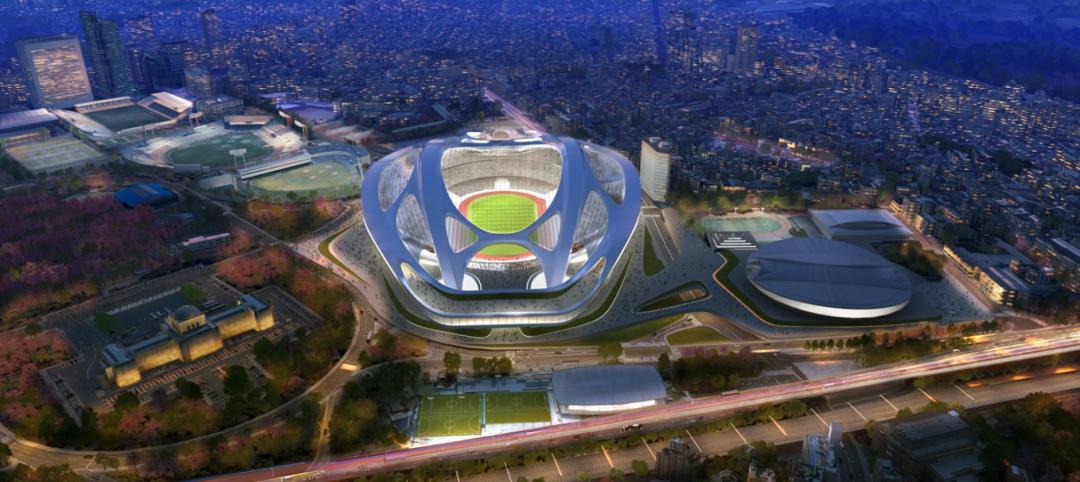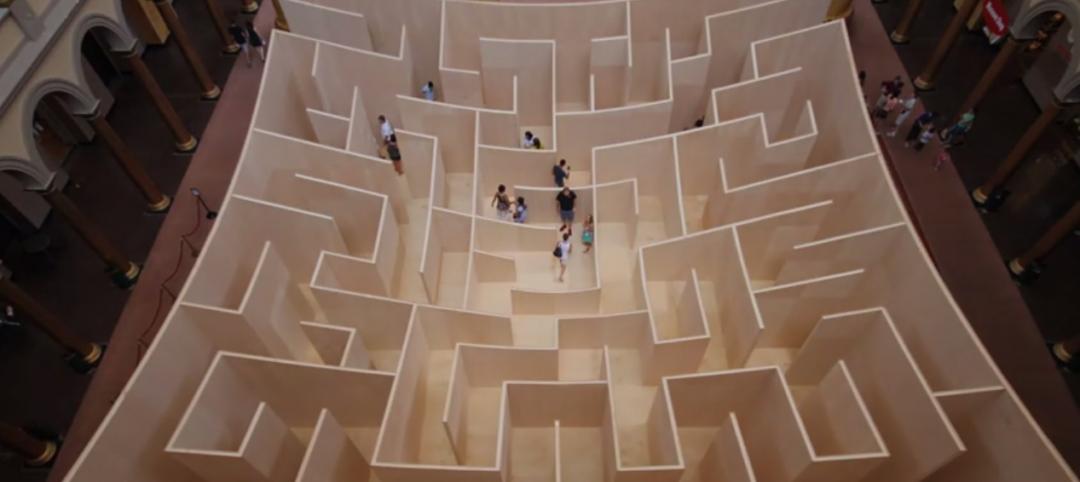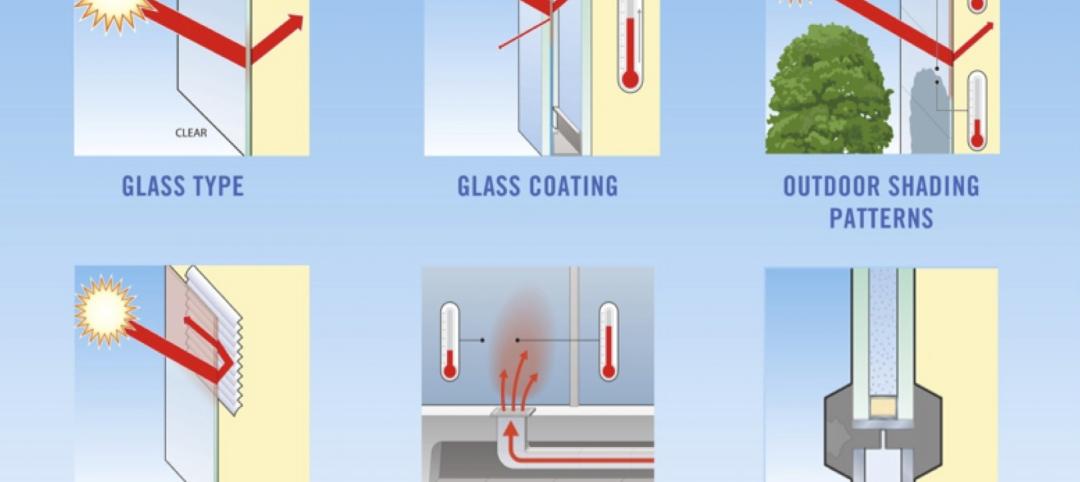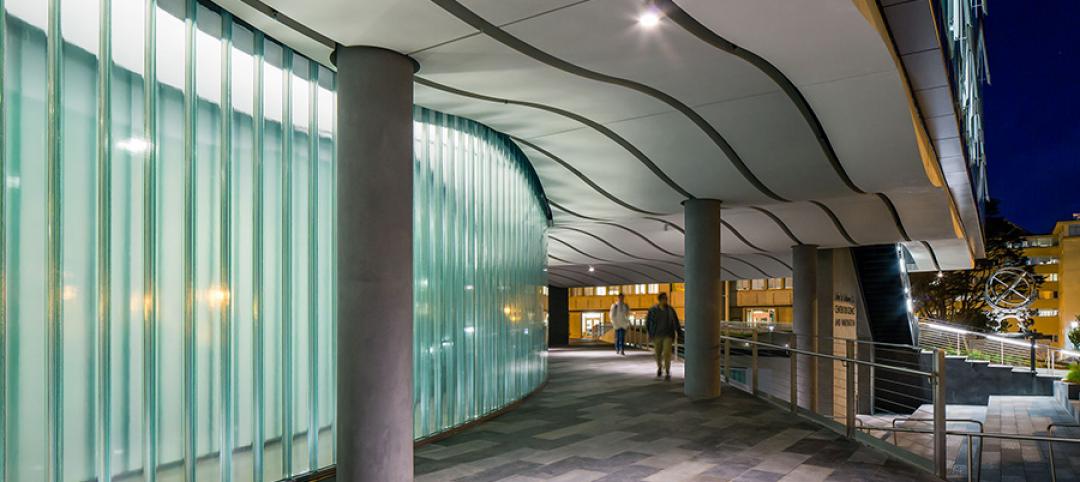The U.S. Green Building Council (USGBC) introduces its latest green building rating system, LEED for Healthcare. The rating system guides the design and construction of both new buildings and major renovations of existing buildings, and can be applied to inpatient, outpatient and licensed long-term care facilities, medical offices, assisted living facilities and medical education and research centers.
“Research has shown that when we are treated and heal in a green healthcare facility – one that has a healthy indoor environmental quality and connects us to the outdoors – we heal faster, have shorter hospital stays and fewer return visits,” said Scot Horst, Senior Vice President of LEED, USGBC. “LEED for Healthcare is now six years in the making, addressing the healthcare industry’s unique green building needs.”
The LEED for Healthcare rating system represents a culmination of close collaboration between the Green Guide for Healthcare (GGHC), a project of the Center for Maximum Potential Building Systems and Health Care Without Harm, and USGBC. The GGHC pilot launched in 2007, and feedback from the projects helped inform the creation of LEED for Healthcare.
“LEED for Healthcare represents a milestone for green building,” said Gail Vittori, Co-Director of Center for Maximum Potential Building Systems and Founding Chair of the LEED for Healthcare Committee. ”Building on the foundational work of the Green Guide for Healthcare, it provides an explicit recognition of health consequences associated with a spectrum of building-related decisions—from location, to water and energy sources and use patterns, and materials specification—and emphasizes integrative design as requisite for a successful design, construction and building performance outcomes.”
LEED for Healthcare was developed to meet the unique needs of a 24-hour operational facility, including process water use related to medical equipment, rural facility locations, patient populations, often with compromised immune systems, sensitive to chemicals and pollutants, patient and staff health and many other issues that are unique to this building type.
The LEED for Healthcare rating system passed USGBC member ballot in November 2010. More than 225 healthcare projects have received LEED certification, with 1,176 in the pipeline as registered projects. Additional tools and resources, including educational workshops, webinars, podcasts, and Reference Guide, will be made available in the coming months when full certification functionality is available.
To learn more about LEED for Healthcare, pre-order a Reference Guide or participate in a rating system- specific workshop, visit www.usgbc.org/leed/healthcare.
U.S. Green Building Council
The Washington, D.C.-based U.S. Green Building Council is committed to a prosperous and sustainable future for our nation through cost-efficient and energy-saving green buildings.
With a community comprising 79 local affiliates, nearly 16,000 member companies and organizations, and more than 162,000 LEED Professional Credential holders, USGBC is the driving force of an industry that is projected to contribute $554 billion to the U.S. gross domestic product from 2009-2013. USGBC leads an unlikely diverse constituency of builders and environmentalists, corporations and nonprofit organizations, elected officials and concerned citizens, and teachers and students.
Buildings in the United States are responsible for 39% of CO2 emissions, 40% of energy consumption, 13% water consumption and 15% of GDP per year, making green building a source of significant economic and environmental opportunity. Greater building efficiency can meet 85% of future U.S. demand for energy, and a national commitment to green building has the potential to generate 2.5 million American jobs. Visit www.usgbc.org to learn more.
LEED
The U.S. Green Building Council's LEED green building certification system is the foremost program for the design, construction and operation of green buildings. Nearly 40,000 projects are currently participating in the commercial and institutional LEED rating systems, comprising nearly 8 billion square feet of construction space in all 50 states and 117 countries. In addition, more than 10,000 homes have been certified under the LEED for Homes rating system, with nearly 38,000 more homes registered.
By using less energy, LEED-certified buildings save money for families, businesses and taxpayers; reduce greenhouse gas emissions; and contribute to a healthier environment for residents, workers and the larger community.
Related Stories
| Jul 8, 2014
Does Zaha Hadid’s Tokyo Olympic Stadium have a design flaw?
After being criticized for the cost and size of her stadium design for the 2020 Olympics in Tokyo, a Japanese architect points out a major design flaw in the stadium that may endanger the spectators.
| Jul 8, 2014
Frank Lloyd Wright's posthumous gas station opens in Buffalo
Eighty-seven years after Frank Lloyd Wright designed an ornamental gas station for the city of Buffalo, the structure has been built and opened to the public—inside an auto museum.
| Jul 8, 2014
Lost in the Museum: Bjarke Ingels' maze will make you look up and around
The maze, located in the National Building Museum, is a precursor to an exhibit showcasing some of BIG's projects. To navigate the maze, people must look up.
| Jul 7, 2014
5 factors that can affect thermal stress break risk of insulated glass units
The glass type, glass coating, shading patterns, vents, and framing system can impact an IGU’s risk for a thermal break.
| Jul 7, 2014
Team unity pays off for a new hospital in Maine [2014 Building Team Awards]
Extensive use of local contractors, vendors, and laborers brings a Maine hospital project in months ahead of schedule.
| Jul 7, 2014
7 emerging design trends in brick buildings
From wild architectural shapes to unique color blends and pattern arrangements, these projects demonstrate the design possibilities of brick.
| Jul 7, 2014
A climate-controlled city is Dubai's newest colossal project
To add to Dubai's already impressive portfolio of world's tallest tower and world's largest natural flower garden, Dubai Holding has plans to build the world's largest climate-controlled city.
Sponsored | | Jul 7, 2014
Channel glass illuminates science at the University of San Francisco
The University of San Francisco’s new John Lo Schiavo Center for Science and Innovation brings science to the forefront of academic life. Its glossy, three-story exterior invites students into the facility, and then flows sleekly down into the hillside where below-grade laboratories and classrooms make efficient use of space on the landlocked campus.
| Jul 7, 2014
How to keep an employee from jumping ship
The secret to keeping your best employees productive and happy isn’t throwing money at them, as studies have continuously shown that money isn’t the top factor in employee happiness. Here are four strategies from leadership coach Kristi Hedges. SPONSORED CONTENT
| Jul 7, 2014
Nothing fixes a bad manager
Companies seem to try everything imaginable to fix their workplaces, says Gallup Chairman and CEO Jim Clifton in a recent blog post, except the only thing that matters: naming the right person manager. SPONSORED CONTENT
















